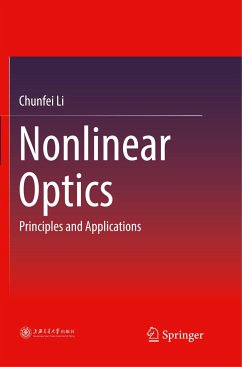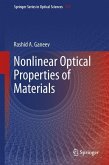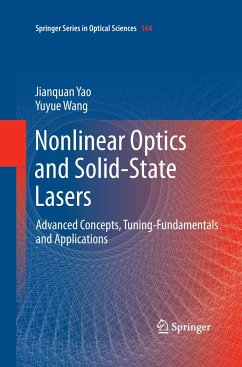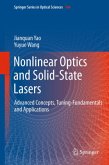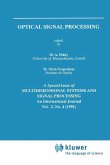This book reflects the latest advances in nonlinear optics. Besides the simple, strict mathematical deduction, it also discusses the experimental verification and possible future applications, such as the all-optical switches. It consistently uses the practical unit system throughout.
It employs simple physical images, such as "light waves" and "photons" to systematically explain the main principles of nonlinear optical effects. It uses the first-order nonlinear wave equation in frequency domain under the condition of "slowly varying amplitude approximation" and the classical model of the interaction between the light and electric dipole. At the same time, it also uses the rate equations based on the energy-level transition of particle systems excited by photons and the energy and momentum conservation principles to explain the nonlinear optical phenomenon.
The book is intended for researchers, engineers and graduate students in the field of optics, optoelectronics,fiber communication, information technology and materials etc.
It employs simple physical images, such as "light waves" and "photons" to systematically explain the main principles of nonlinear optical effects. It uses the first-order nonlinear wave equation in frequency domain under the condition of "slowly varying amplitude approximation" and the classical model of the interaction between the light and electric dipole. At the same time, it also uses the rate equations based on the energy-level transition of particle systems excited by photons and the energy and momentum conservation principles to explain the nonlinear optical phenomenon.
The book is intended for researchers, engineers and graduate students in the field of optics, optoelectronics,fiber communication, information technology and materials etc.

